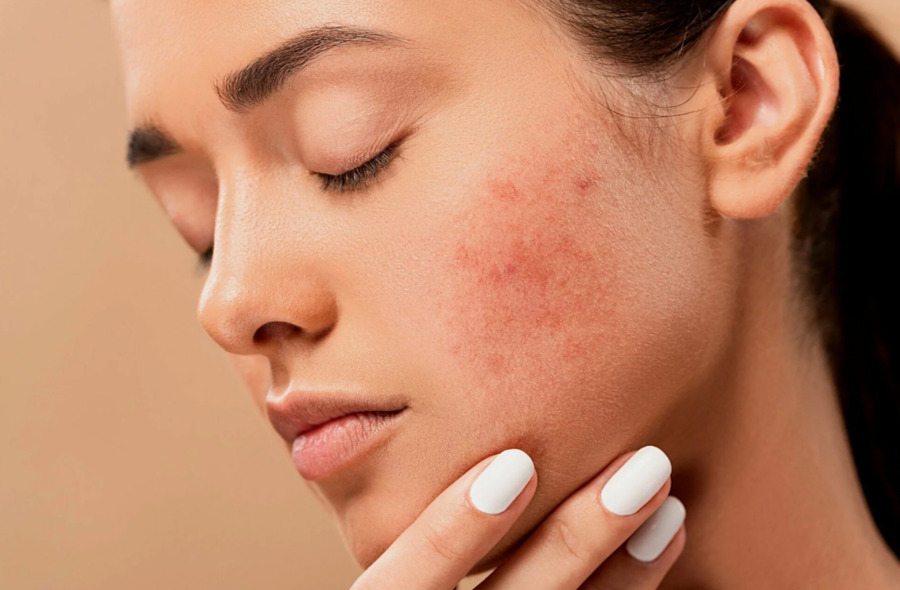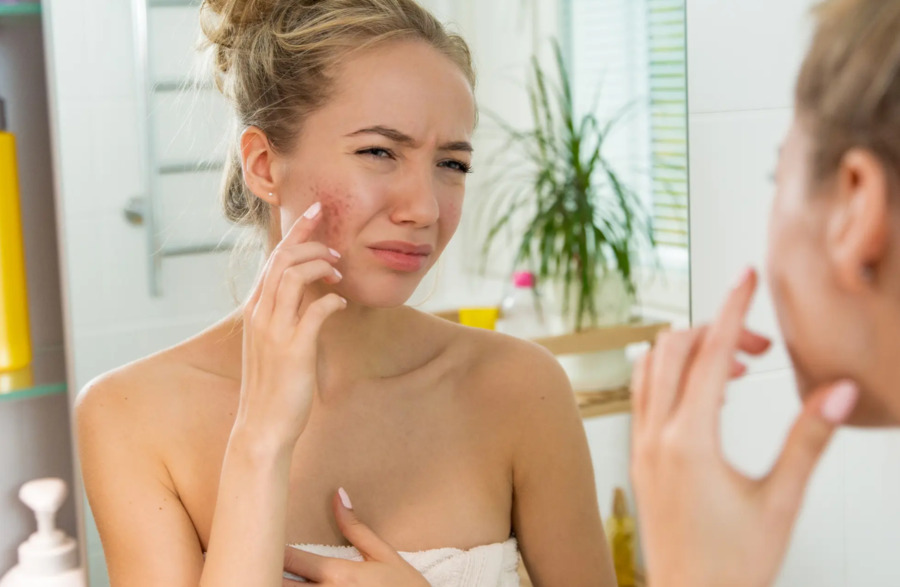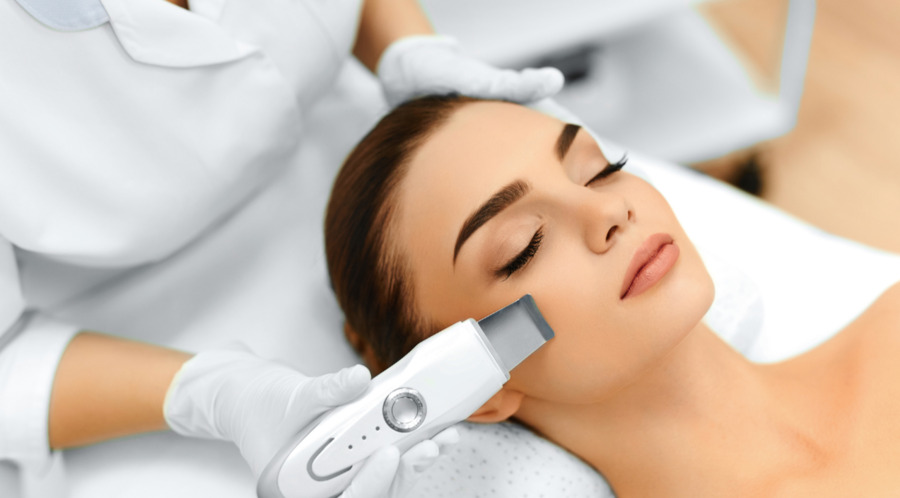Acne is a prevalent skin condition that affects millions globally, manifesting as pimples, blackheads, whiteheads, and more severe lesions. This dermatological issue not only impacts physical appearance but also carries psychological implications, affecting individuals’ self-esteem and quality of life. This article delves into the rich history of acne treatment, explores its various manifestations and risk factors, and highlights modern therapeutic strategies, particularly the innovative medical aesthetic technologies developed by leading brands.
Page Content
Historical Perspectives on Acne
Ancient Egypt
Records indicate that the Egyptians were among the first to attempt to treat acne, using sulfur to dry out the skin. They recognized the condition as a distinct skin problem and sought ways to remedy it with the medical knowledge available at the time.
Ancient Greece
The Greeks named the condition “acne,” derived from the Greek word “akmē,” which means “point” or “peak,” reflecting the appearance of spots. They treated acne with methods like facial masks made from honey and barley, highlighting an early understanding of topical treatment.
Medieval Period
In medieval Europe, acne was often associated with the supernatural, deemed a mark of witches or the result of spiritual maladies. Herbal remedies were commonly used, blending natural ingredients believed to purify the skin and body.
Modern Times
The 20th century brought a scientific approach to acne treatment. The development of antibiotics in the mid-1900s revolutionized treatment, followed by the introduction of hormonal therapy, which addressed the root causes of acne in ways that were not previously possible.

Categorization of Acne
Understanding the severity of acne helps in determining the appropriate treatment:
Mild Acne
Characterized by superficial skin lesions such as blackheads and whiteheads that do not inflame or damage deeper skin layers.
Moderate Acne
Includes more frequent breakouts that feature inflammatory conditions like red, painful pustules that can significantly affect skin appearance.
Severe Acne
Represents the most intense form of acne with large, painful cystic lesions that can lead to significant scarring if not properly managed.
Signs and Symptoms
The development of acne involves several stages and manifestations:
Sebum Overproduction
An excess of oil produced by sebaceous glands contributes to clogged pores.
Formation of Microcomedones
These are the precursors to visible acne, where dead skin cells and oil begin to block the hair follicles.
Appearance of Comedones
These are visible as blackheads and whiteheads on the skin surface.
Development of Inflammatory Lesions
Including papules, pustules, and nodules, which result from the body’s immune response to bacteria trapped in pores.
Scarring
Occurs in severe cases where deep lesions heal with fibrosis, leading to uneven skin texture.

Risk Factors for Acne
Several factors contribute to the development and exacerbation of acne:
Genetic Predisposition
A family history of acne increases susceptibility, indicating a genetic component to the condition.
Hormonal Fluctuations
Hormones, particularly androgens, can escalate sebum production, contributing to acne. This is particularly evident during puberty, pregnancy, and with certain health conditions like PCOS.
Diet
Emerging research links diet—especially high glycemic index foods and dairy products—to acne, though the connection is complex and varies between individuals.
Stress
Emotional stress can exacerbate acne through mechanisms that increase inflammation and sebum production.
Medications
Some medications, like corticosteroids and lithium, can provoke acne as a side effect.
Diagnosing Acne
Diagnosis typically involves a visual examination of the skin by a dermatologist. Advanced cases may require hormonal or other medical testing to identify underlying causes, ensuring that treatment addresses more than just symptoms.
Modern Treatments and Innovations
Contemporary acne treatments are diverse, ranging from topical creams and oral medications to advanced procedures. Dermatological innovation, offers treatments that utilize cutting-edge technology to reduce sebum production, kill acne-causing bacteria, and minimize inflammation. These technologies include laser treatments, chemical peels, and photodynamic therapy, which not only treat existing acne but also help in preventing future breakouts.
Conclusion
The journey from ancient sulfur treatments to today’s high-tech solutions exemplifies the evolution of acne treatment. With recent advancements in the field, individuals dealing with acne have access to effective and innovative options that promise not just symptomatic relief but a long-term solution, enhancing both skin health and personal confidence.



